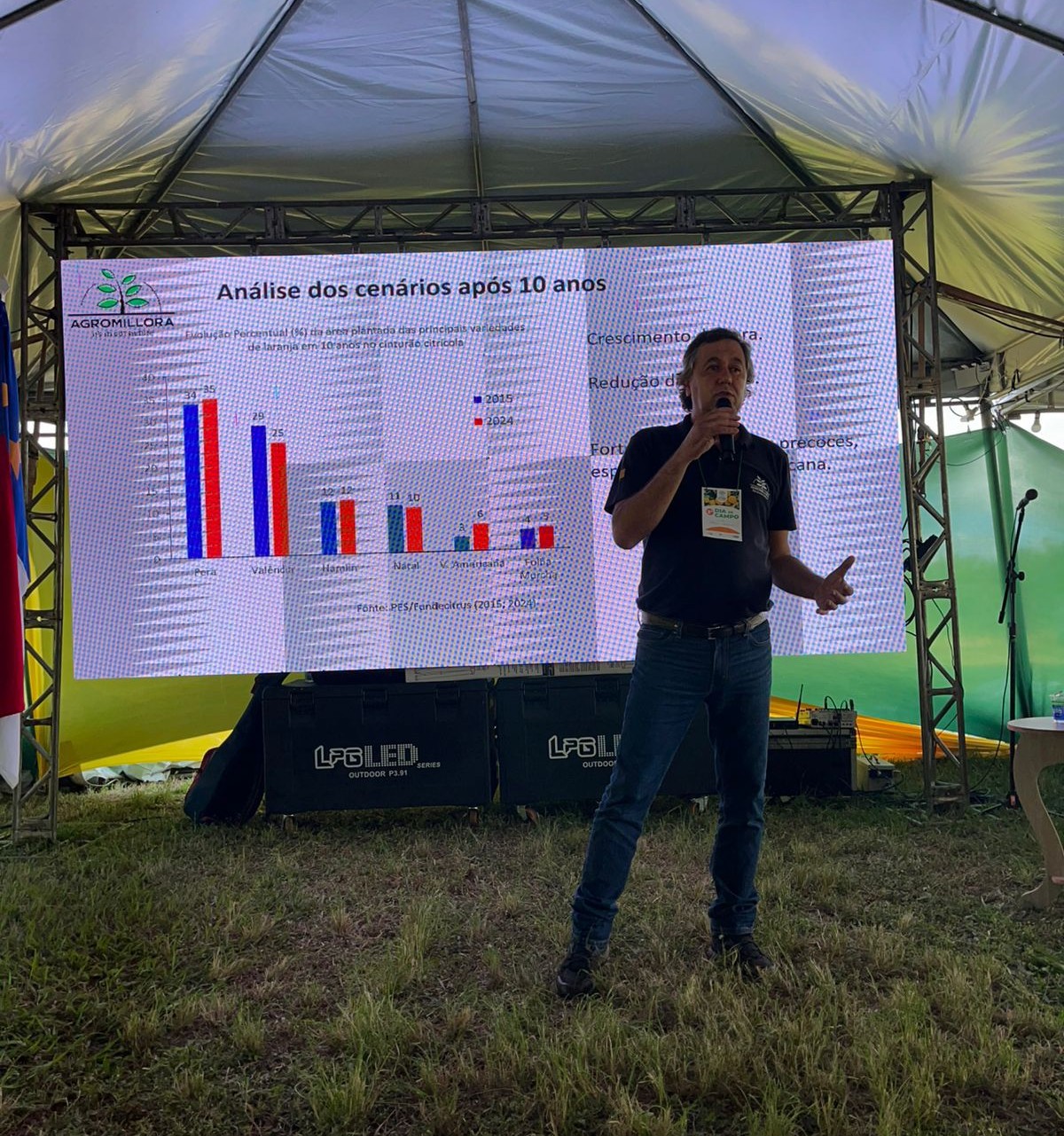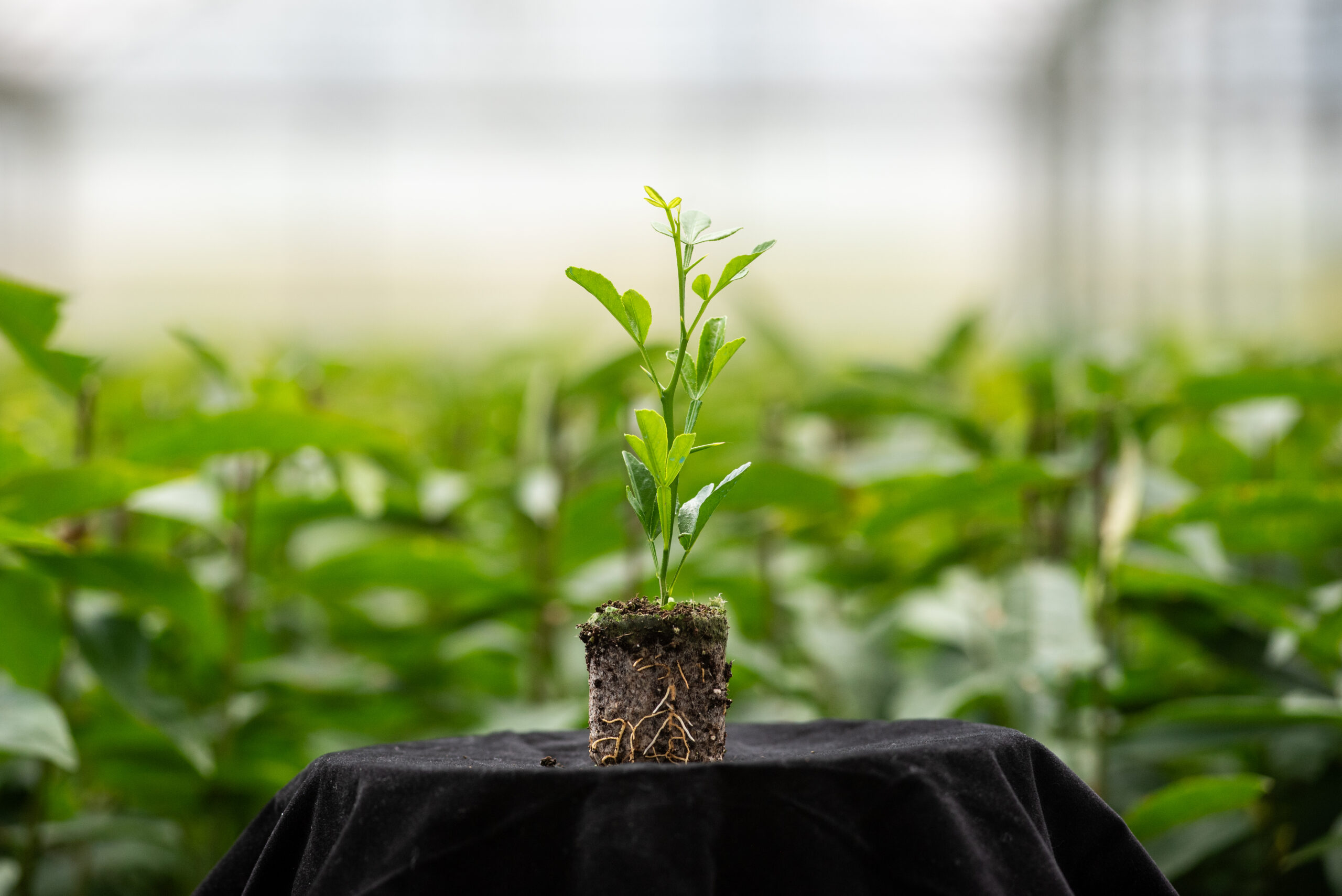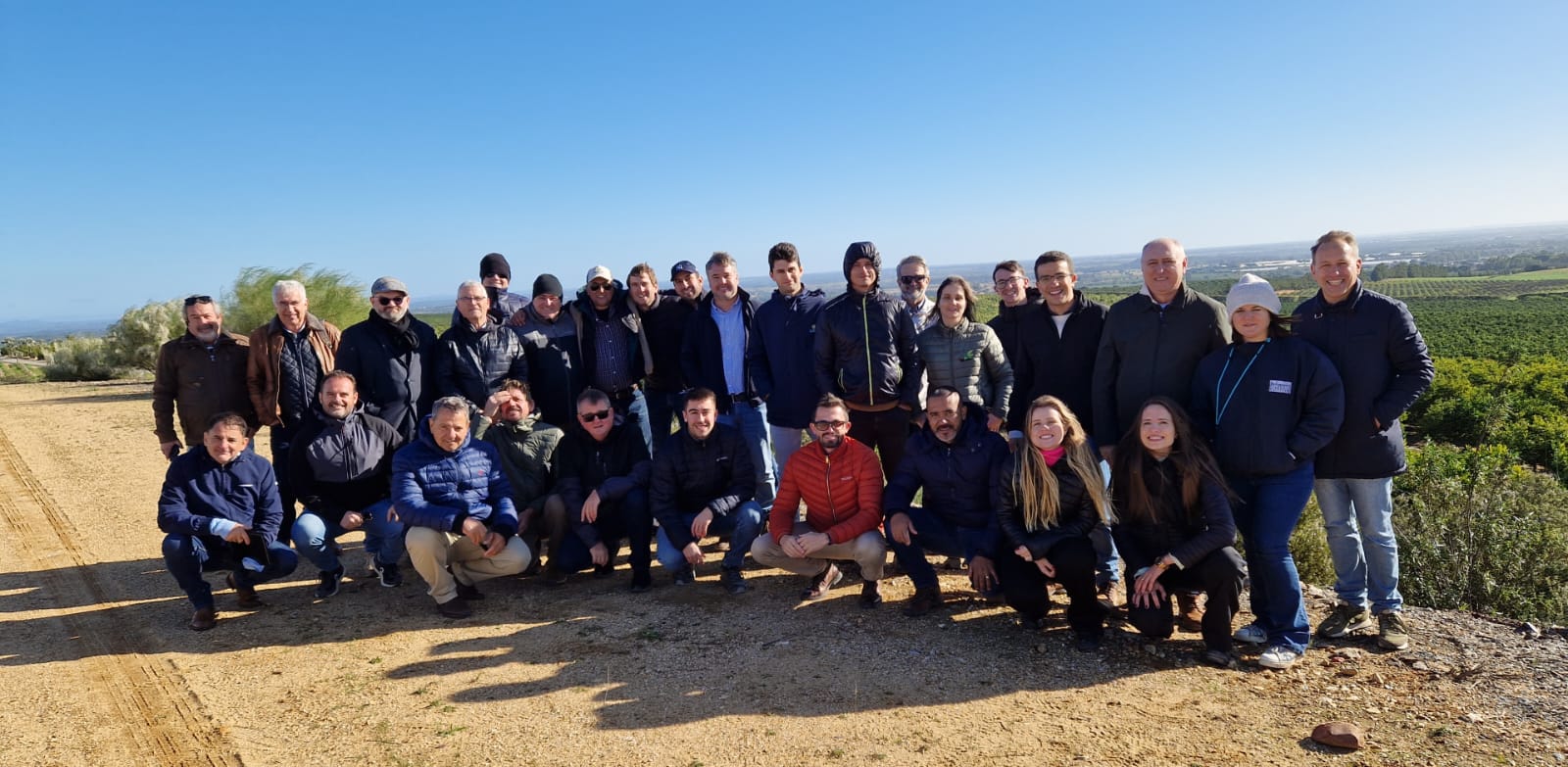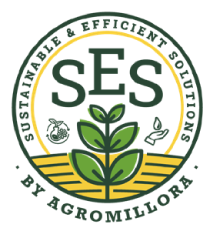CIVAC-19 opens a new era for Mediterranean citrus farming
The result of more than a decade of research by Agromillora and IVIA, this rootstock enables more productive intensive plantations, efficient mechanization, and uniformly high-quality fruit
A clear example of varietal innovation
CIVAC-19 is the result of more than a decade of joint research between IVIA and Agromillora. It is a hybrid rootstock derived from Citrus reshni (Cleopatra mandarin) and Poncirus trifoliata. Its semi-dwarfing nature provides moderate vigor — a key factor for maintaining smaller tree canopies — and is particularly advantageous for hedgerow orchards, where density and uniformity are essential.
Among its agronomic attributes, CIVAC-19 stands out for its high production efficiency, achieving greater cumulative yields than other rootstocks. It also ensures good fruit size and early maturity. Furthermore, CIVAC-19 shows a broad range of tolerances and resistances: high resistance to salinity, good adaptation to calcareous soils and root asphyxia conditions, moderate resistance to Phytophthora, and some tolerance to Citrus Tristeza Virus (CTV).
Trials carried out in Andalusia have confirmed CIVAC-19’s superior performance in varieties such as Navelina, Valencia Late, Clemenules, and Fino-49 lemon, both in total production and fruit quality.
One Rootstock, multiple cultivation models
The CIVAC-19 rootstock introduces the hedgerow planting system to Mediterranean citrus farming, with two models adaptable to growers’ needs: super high density (SHD) and high density (HD).
The first, featuring smaller canopies and very narrow spacing, facilitates mechanized harvesting for processing fruit or manual harvesting from the ground for fresh consumption, allowing both methods to be combined.
The second, while still intensive, uses wider spacing than SHD but closer than traditional systems, also delivering greater production efficiency.
“In both cases, this is a disruptive approach that allows producers to achieve higher yields with fewer resources, particularly labor, crop protection products, and irrigation water. Moreover, the SHD system offers dual suitability: high-quality fruit for the fresh market through manual harvesting, and fruit for processing through mechanized harvesting,” explains Ignasi Iglesias, Ph.D. Agronomist, fruit-growing expert, and researcher.
Iglesias emphasizes that the future of citrus farming, as with other woody crops, depends on reducing labor dependency and optimizing resources such as water, fertilizers, and pesticides to achieve greater efficiency and sustainability.
Currently, pruning and harvesting account for nearly half of total production costs, in a context where labor is becoming increasingly scarce, expensive, and specialized. The proposed intensive models offer a strong alternative, significantly lowering these costs — from €0.09/kg in large trees to €0.07/kg in medium-sized trees, €0.06/kg in high-density systems, €0.05/kg in super high-density systems, and just €0.02/kg when using over-the-row harvesters.
In addition, pruning can be partially mechanized and completed with manual work from the ground, reducing costs by more than 30%, easing field labor, and improving the social sustainability of citrus cultivation.


Intensification: a path toward sustainability
The concept of sustainable intensification aims to produce earlier, more, and better, optimizing resources while respecting the environment. High-density systems create smaller, two-dimensional canopies that reduce water and fertilizer use, promote uniform light distribution, and yield higher-quality fruit.
Their compact structure improves the efficiency of pesticide applications, reduces drift, and speeds up the onset of production — with trees becoming fully productive by the fourth or fifth year, thereby accelerating return on investment. Moreover, these systems allow growers to diversify fruit destinations, serving both fresh and processing markets depending on price trends.
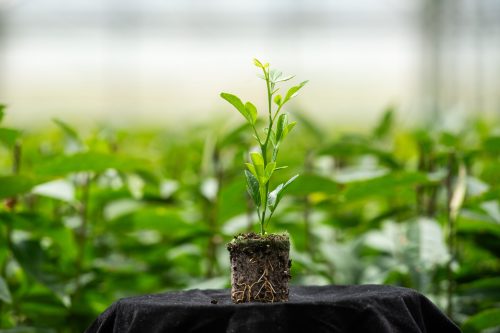
A step forward
Spanish citrus farming is striving to reinvent itself to stay competitive. Much of the cultivated area is relatively new, reflecting strong interest in production efficiency, diversification, and new varieties. In this context, CIVAC-19 emerges as a key tool to advance toward more profitable, technology-driven, and sustainable plantations.
According to Ignasi Iglesias, this intensive production model will shape the future of the citrus sector, following the path already taken by other Mediterranean crops, and will help Spain maintain its leadership in agronomic innovation across the region.



